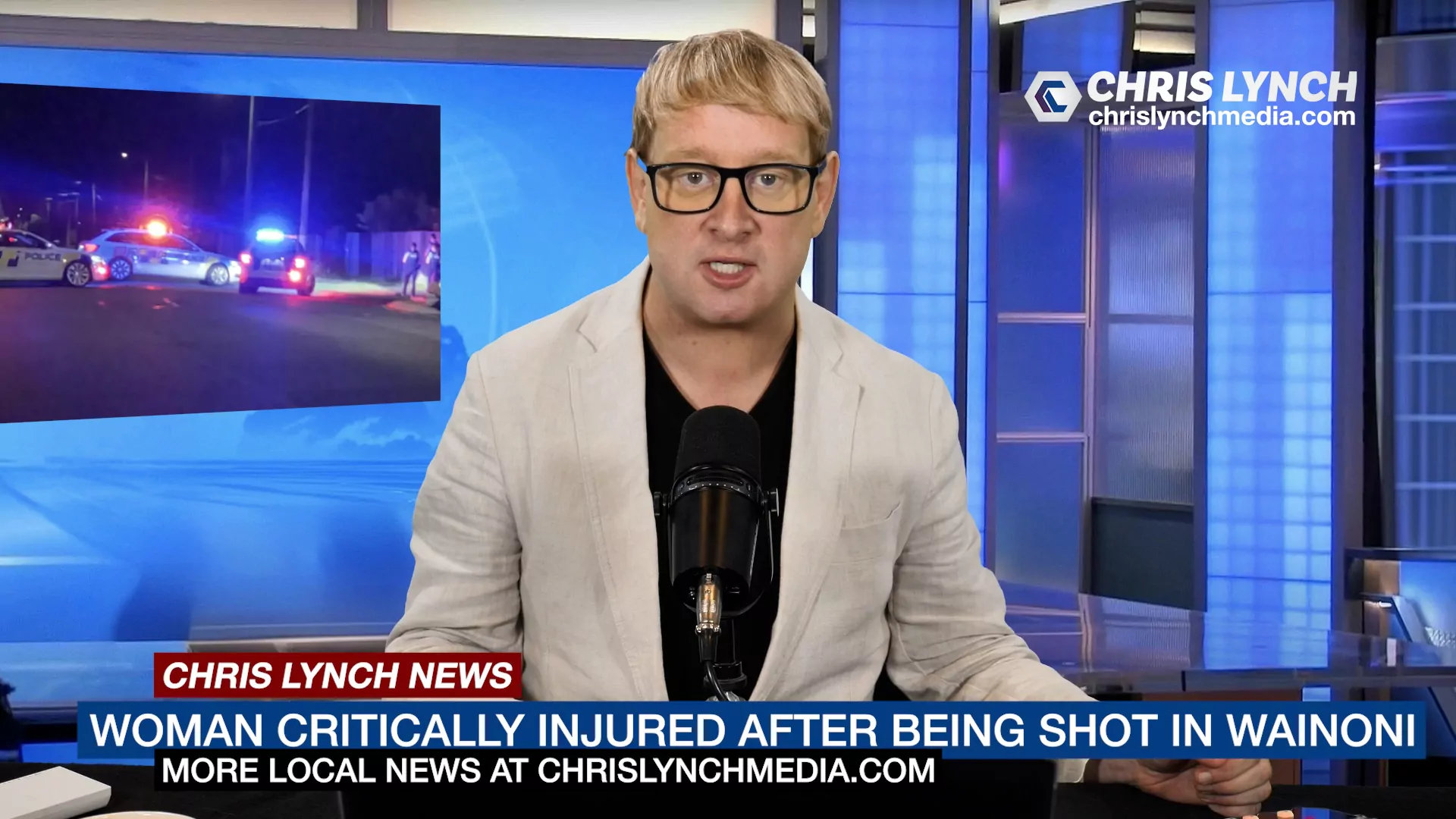The Government has confirmed a series of decisions that will support higher housing density in Christchurch, backing recommendations from an independent panel as part of the city’s ongoing intensification plan.
Minister Responsible for RMA Reform Chris Bishop announced on Friday that he had made final decisions on 17 recommendations referred to him by Christchurch City Council relating to Plan Change 14, the city’s Intensification Planning Instrument.
“In December 2024, the Council accepted most of the Independent Hearings Panel’s recommendations on parts of Plan Change 14 governed by the National Policy Statement on Urban Development,” Bishop said.
The Council rejected 20 of the panel’s recommendations and proposed its own alternatives. These were sent to Bishop for a final ruling earlier this year.
“I have carefully considered this matter and taken extensive advice from officials,” Bishop said. “The law requires that I only consider matters that the Independent Hearings Panel could have taken into account.”
The Minister confirmed that decisions have now been made on 17 of the 20 recommendations. These relate to a range of matters including qualifying matters, zoning, and built form standards.
“Together, these decisions will enable a greater level of development in and around Christchurch City’s urban centres as required by national urban development policies,” he said.
Three recommendations — relating to Daresbury House, Antonio Hall and the Piko Residential Character Area — remain unresolved. Bishop said he will consider those once the Council finalises zoning decisions for those areas.
Under Policies 3 and 4 of the National Policy Statement on Urban Development 2020 (NPS-UD), Christchurch, as a tier 1 urban environment, must allow building heights of at least six storeys within walkable catchments of city centres, rapid transit stops, and key commercial areas.
Policy 3 requires:
-
Building heights and urban form in city centre zones to maximise development capacity
-
At least six storeys within walkable catchments of rapid transit stops, city centres, and metropolitan centres
-
Height and density that reflects activity levels in local and neighbourhood centres
Policy 4 permits modifications to those requirements only where necessary to accommodate qualifying matters such as heritage protection or infrastructure constraints.
Bishop said the decisions were made under Schedule 1 of the Resource Management Act and cannot be appealed to the Environment Court.
“I thank the councillors, the Independent Hearings Panel and Council staff for the work undertaken so far on the Intensification Streamlined Planning Process.”
Christchurch Mayor Phil Mauger responds
The decisions take immediate effect and now, for example, increase the high-density zoning for Hornby, Riccarton and Linwood in line with the IHP’s recommendations.
Mayor Phil Mauger said “The Minister also rejected the Council’s biggest recommendation which sought to apply a special city-wide restriction to high-density developments, to provide greater sunlight access than is currently allowed for in Christchurch under the national Medium-Density Residential Standards (MDRS). This was a key concern of the Council given its concerns over the shading effects of development on neighbours. ”
The Minister’s response is incredibly disappointing for our city.
“In putting these decisions forward to the Government, we obviously wanted to get all of our alternative recommendations approved. So, to only have three of them get the tick is a kick in the guts.
“This plan change has been a huge undertaking for our city, and we’ve said right the way through that we want to get the best outcome we possibly can. This doesn’t feel like the best outcome.
“To that end, we’ll keep working hard as a council, and there are still major decisions yet to be made when it comes to housing density and planning across much of Christchurch, so watch this space.”
To date, the Council has only made decisions on Plan Change 14 that relate to policies 3 and 4 of the Government’s National Policy Statement on Urban Development, which require greater building development within and around the central city, suburban commercial centres, and planned high-frequency and high-capacity public transport routes. Decisions have also been made on Financial Contributions for tree canopy cover and select other zonings.
That means the Council is yet to decide what housing intensification will look like for the rest of the city, which needs to be completed by the Government’s deadline of 12 December this year, along with the balance of Plan Change 14’s decisions.
The Government has also proposed a Bill to modify the Resource Management Act, to allow councils to withdraw undecided parts of Intensification Planning Instruments such as Plan Change 14. That Bill is expected to become law in August and may allow the Council to limit the extent of where MDRS – which allows up to three dwellings of up to three storeys to be developed without resource consent – applies across the city.
The Council is waiting on further information from the Government’s Select Committee on the Bill, which is expected to come later this month.
Key decisions include:
- Matter 1: Residential Pathways – Bishop rejected the Council’s proposed limitation on how residential development pathways can be used. He upheld the IHP’s position that both pathways must remain available to landowners without restriction, as required under the RMA.
- Matter 2: Sunlight Access Qualifying Matter – The Council’s attempt to preserve stricter sunlight access protections was rejected due to insufficient evidence. The IHP’s recommendation to apply the medium density residential standard (4 metres and 60-degree recession plane) was upheld.
- Matter 3: Airport Noise Influence Area – Bishop endorsed the IHP’s approach, which allows greater development near Christchurch International Airport, provided that developments of four or more dwellings obtain the airport company’s approval or face limited notification. The Council’s stricter controls were rejected.
- Matter 4: City Spine Qualifying Matter – The IHP’s recommendation to remove front yard setback restrictions and apply standard MDRS rules was accepted. Bishop found no justification for the Council’s proposed additional setbacks.
- Matter 5: Riccarton Bush Interface Area – Bishop sided with the IHP to zone the area Medium or High Density Residential. The Council’s case for special protections around Riccarton Bush lacked supporting evidence.
- Matter 6: Riccarton Town Centre Catchment – The IHP’s recommendation to zone residential areas around Riccarton town centre as High Density Residential was accepted, citing alignment with NPS-UD Policy 3(d).
- Matter 7: 25 Deans Avenue – Bishop supported the Council’s proposal to allow building heights of up to 36 metres on this key site, agreeing it provided significant development potential.
- Matter 8: Hornby Town Centre Catchment – The Government accepted the IHP’s recommendation to zone residential areas around Hornby town centre as High Density Residential.
- Matter 9: Hornby Town Centre Zone Building Height – Bishop approved the IHP’s proposal to permit 32-metre building heights in the commercial core, bringing Hornby in line with Riccarton and Papanui.
- Matter 10: Hornby High Density Residential Building Height – The IHP’s 14-metre height limit was upheld, rejecting the Council’s lower proposal as inconsistent with urban growth policies.
- Matter 11: Linwood Town Centre Catchment – Bishop accepted the zoning of nearby residential areas as High Density Residential, as per the IHP’s recommendation and Council’s Right of Reply.
- Matter 12: Linwood Town Centre Zone – The IHP’s recommendation of 22-metre height limits and standard MDRS boundary rules was upheld.
- Matter 13: Linwood High Density Residential Building Height – Bishop endorsed the IHP’s recommendation to allow 14-metre building heights, consistent with Hornby and Riccarton policies.
- Matter 14: Peer Street Local Centre Catchment – The IHP’s proposal to zone surrounding residential land as Medium Density Residential was accepted.
- Matter 15: Local Centre Intensification Precinct – Bishop supported the Council’s compromise to retain the precinct but align height limits to 12 metres as recommended by the IHP.
- Matter 16: 231 Milton Street and 12 Johnson Street – Bishop approved aligning the zoning boundary with property boundaries to eliminate inefficient split zoning.
- Matter 17: Papanui War Memorial Avenues – No additional rules were added, with Bishop accepting the IHP’s view that the Council’s proposed protections lacked evidential support.









